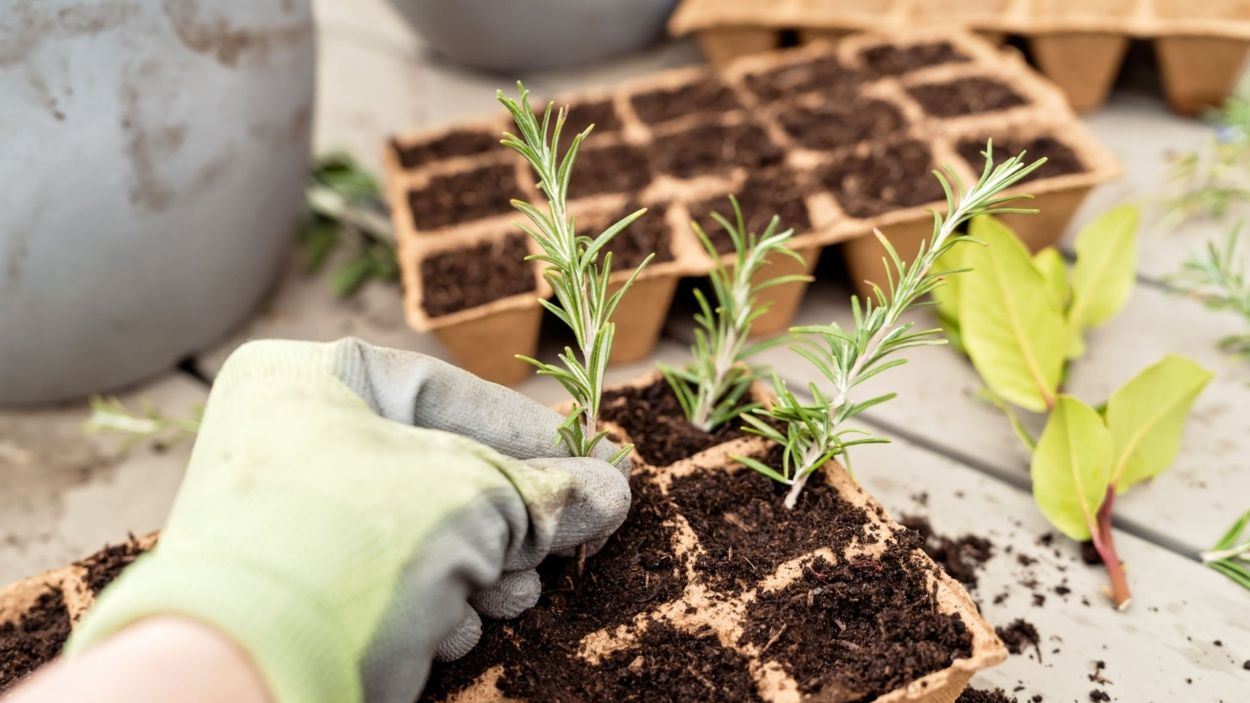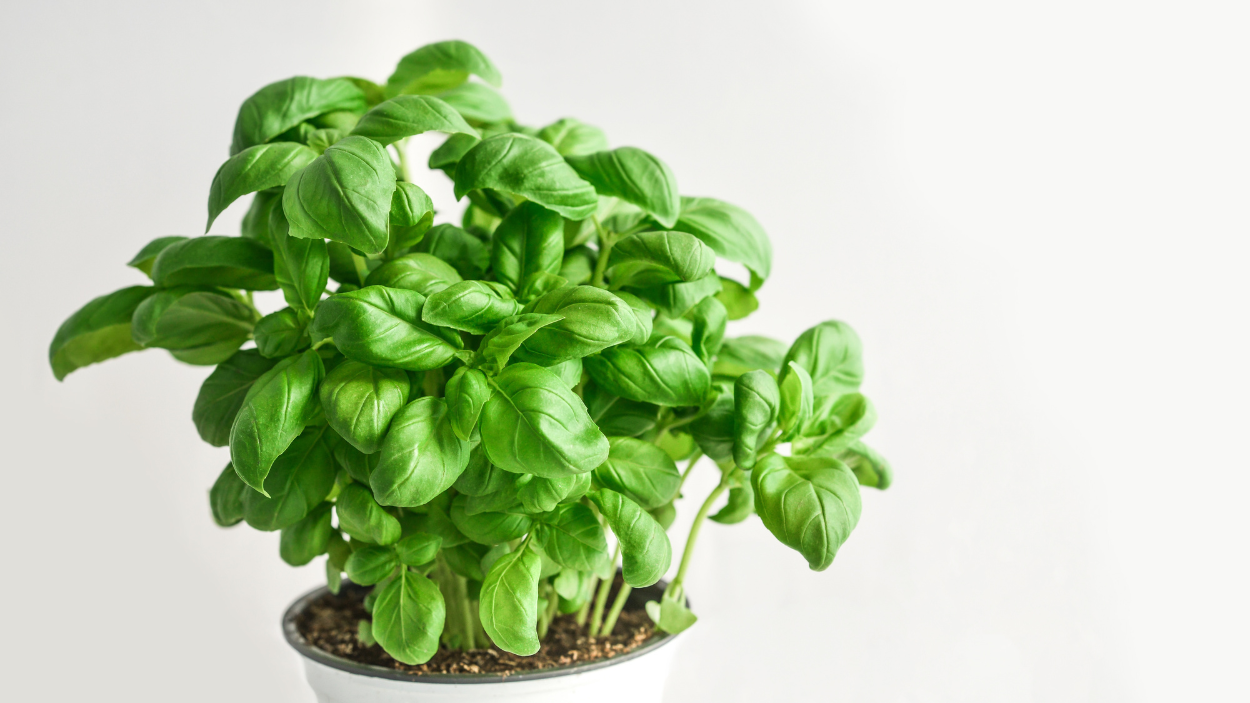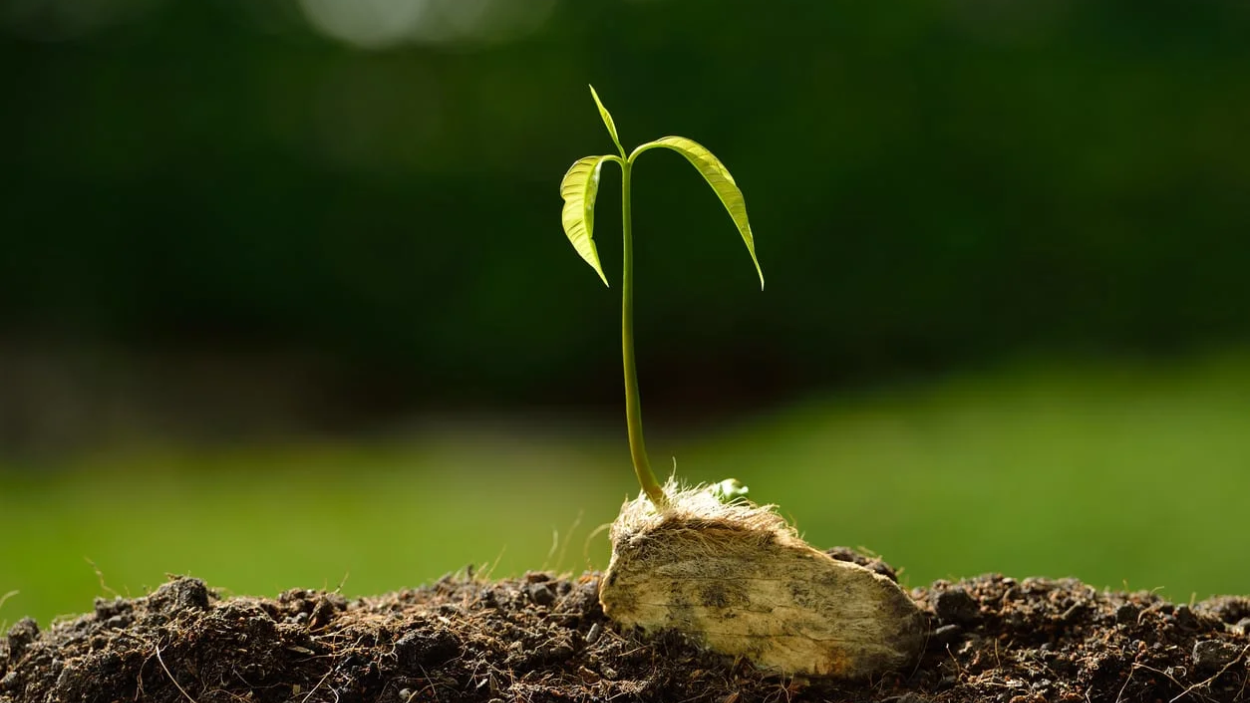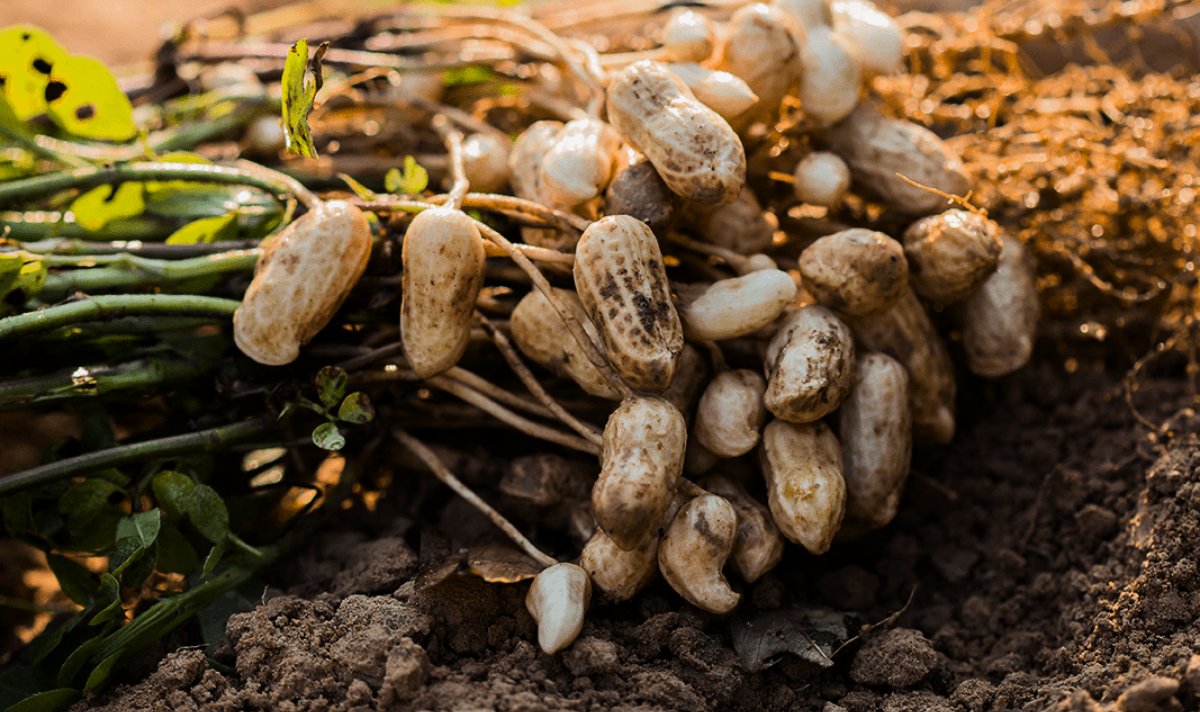There are two common ways to cut rosemary:
Grow the roots in water before planting.
Plug directly into the potting soil to plant.
After implementation, many people evaluate that the growth rate of rosemary extraction by the method of rooting in water will be faster than plugging directly into the soil. Not only that, but the way to put rosemary roots in water to plant first also limits the damage of cuttings.
Characteristics of Rosemary
Common Name: Rosemary
Scientific Name: Rosmarinus officinalis
pH of Soil Needed: Rosemary prefers a slightly acidic to neutral soil pH ranging from 6.0 to 7.0.
Water Needed: Rosemary is a drought-tolerant plant and requires well-drained soil. It prefers moderate watering, allowing the soil to dry out between waterings. Overwatering can lead to root rot.
Light Needed: Rosemary thrives in full sun, requiring at least 6-8 hours of direct sunlight per day. It prefers a sunny location with well-drained soil to promote healthy growth.
Is it Possible to Cultivate Rosemary from Cuttings?
Certainly, rosemary can be propagated through cuttings, which involves growing a new plant that is genetically identical to its parent. This process is known as propagating rosemary and essentially entails cloning the plant. While certain plants may present more challenges in propagation, growing rosemary from cuttings requires some patience and proper plant care, resulting in the establishment of your own miniature rosemary bush.
Today, we will explore the procedure for cultivating rosemary from cuttings. Guidelines for growing rosemary from cuttings.
To cultivate rosemary from cuttings, you will need:
A small pot (approximately 3 inches in diameter) or a designated growing area with suitable drainage and potting soil
Water
Optional: Rooting hormone
Before delving into the specific steps, it is important to note that growing rosemary from cuttings is a time-consuming process. Depending on the method employed, it may take up to a year before you can harvest and enjoy your newly grown rosemary plant.
Step-by-step Instructions for Propagating Rosemary
Here's a step-by-step guide on how to grow rosemary from cuttings:
Step 1. Acquire rosemary cuttings
To begin, obtain rosemary cuttings. If you have a rosemary plant, cut healthy non-flowering sprigs measuring 5-10 inches. Take the cuttings in summer or spring when the stems are less woody. Cutting just below a node, where new leaves grow, helps stimulate root growth. If you don't have a plant, you can buy fresh rosemary packs. Early spring or summer is the best time to plant, as the stems are less woody, aiding root development.
Step 2. Remove leaves from the lower portion of the sprig
Once you have a rosemary sprig, strip off the leaves from the lower 2 to 4 inches of the stem, leaving a bare section that will serve as the base for future roots. Rosemary is easy to strip leaves from; simply press your thumb and index finger around the stem and pull downward. Some growers may also use a knife to remove the outer skin of the stem due to rosemary's woody nature. If you're ready to propagate the sprig immediately, you can cut the tip at a 45-degree angle to expose fresh tissue. Alternatively, if you're not ready to propagate, you can store the sprigs in a plastic bag in the refrigerator.
Step 3. Apply a growth hormone to the stem
At this stage, you have the option to dip the bare stem of the sprig into a rooting hormone. Using a growth hormone is not necessary, especially for rosemary, which you will likely consume later on. While it can help promote healthier root development in some cases, it's generally not essential. If you decide to use a growth hormone for faster and stronger root growth, you can purchase powder or gel forms from a local garden center. Dip the stem into the water and then into the growth hormone.
Keep in mind that when propagating rosemary with a rooting hormone, most products (whether in powder or gel form) will require you to wait a full year before consuming any part of the plant.
Step 4: Establish root development
If you decide to use a growth hormone, plant the stem in well-draining potting soil. It's recommended to use a compact pot or container since the sprigs are small and can be easily moved if necessary.
If you choose not to use a growth hormone, create a root structure before planting in soil. Submerge the 2-inch bare stem of the rosemary sprig in water, changing it weekly. Within 10-15 days, you should see the first roots emerging. Wait until there are at least a dozen roots, a few inches long, before removing the sprigs from the water.
Once the roots are well-developed, plant the sprig in potting soil, ensuring good contact between the stem and the soil to promote immediate root establishment
Step 5: Allow 6-8 weeks for plant maturation
The time required for rooting and growth varies depending on the propagation time. Typically, after 6-8 weeks, you'll notice signs of growth. It's beneficial to keep the rosemary plant in a warm and humid environment, such as a greenhouse. Alternatively, you can cover the plant and container with a plastic bag to create a similar effect. In some cases, keeping the plant outside may suffice, depending on the climate.
During this stage, water your young rosemary plant once a day. As the plant matures, watering frequency can be reduced. If you observe yellowing or browning leaves after a few weeks, it might be due to transplant shock. Simply trim off the discolored leaves to encourage further growth.
Step 6. Maintain your new rosemary plant
Now that you have successfully initiated the growth of your plant, it's important to care for it as you would any young plant from a nursery or garden center. Providing ample sunlight, regular watering (keeping the top layer of soil moist is beneficial), and proper care are crucial.
For more information on watering frequency for your herb plant, refer to additional resources. Eventually, your rosemary plant will outgrow its original pot, and you can transplant it directly into the ground, allowing it to thrive as a perennial rosemary for years to come.
Frequently Asked Questions
Q: When is the best time to take rosemary cuttings?
A: The best time to take rosemary cuttings is during the summer or spring seasons. These periods are ideal because the stems of the plant are less woody, which promotes successful root development.
Q: How long does it take for rosemary cuttings to root?
A: It usually takes approximately 10-15 days for rosemary cuttings to develop their first roots. It's important to be patient and provide the necessary care during this rooting period.
Q: Do I need to use a growth hormone when propagating rosemary from cuttings?
A: Using a growth hormone is optional when propagating rosemary from cuttings. While it can enhance root growth and speed up the process, it is not essential. Many rosemary cuttings can successfully root and grow without the use of a growth hormone. It ultimately depends on personal preference and the desired outcome.
Final Thought
Growing rosemary from cuttings is a simple and rewarding process. Choose healthy sprigs in summer or spring, strip off the lower leaves, and place them in water or soil. Root development takes around 10-15 days, and within 6-8 weeks, you'll see signs of growth. Provide well-draining soil, ample sunlight, and moderate watering. Once mature, transplant your rosemary plants for long-term growth. Enjoy the benefits of homegrown rosemary in your culinary endeavors or garden. Happy propagating!




